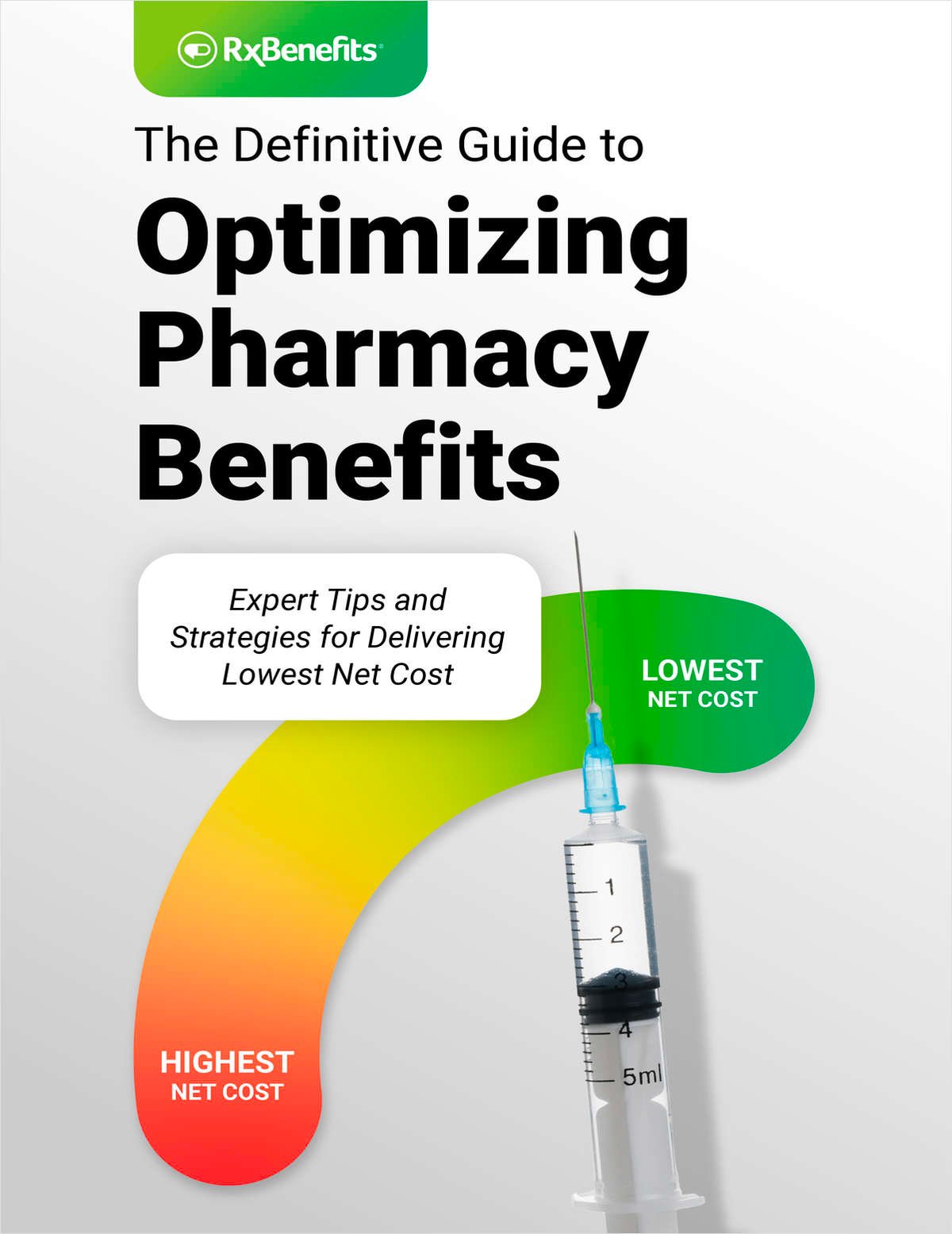 Christopher Carosa, CTFA, is chief contributing
Christopher Carosa, CTFA, is chief contributing
editor for FiduciaryNews.com, a leading provider
of essential news and information, blunt commentary
and practical examples for ERISA/401(k) fiduciaries,
individual trustees and professional fiduciaries.
Are you familiar with the concept of anchoring and how it produces bad behavior in 401(k) plans? Here's the idea: People get stuck on the first thing they see. You've no doubt heard “first impressions are lasting impressions.” That's anchoring.
People take the first thing they see and make all future decisions based on how they relate to that first thing they saw. If the second car you see costs $40,000, it'll seem high if the first car you saw was selling for $25,000. On the other hand, that same $40,000 vehicle would seem like a steal if the first car you saw was instead selling for $65,000. What you see first influences everything you see next.
That first impression becomes the status quo. For many years, the status quo when it came to saving in 401(k) plans was to not save in 401(k) plans. We're hardwired with an inertial bias. We'd rather go with the flow and allow the prevailing inertia to carry us wherever it wants to.
When the default condition meant we didn't save (since we were required to opt in), we didn't save. Now, with automatic enrollment, the default condition means we do save (since we are required to opt out).
By flipping the frame, we turn bad behavior (not saving) into good behavior (saving). This is done simply by reversing the polarity of the status quo.
Anchoring transforms itself from something that harms retirement savers to something that benefits retirement savers.
The average salary deferral rate is just under 7 percent, but financial advisers agree it should be about 15 percent—and that's if you start deferring at that rate with your very first job. If you start saving later, that required deferral rate rises.
What's the easiest way to address this? Make the deferral option 15 percent instead of the usual 6 percent. What's that, you say? You think this is ridiculously high? Well, that's what people used to say about 6 percent.
We can use anchoring to help here, too. If we gave employees the option of saving at either a 20 percent rate or a default rate of 15 percent, then 15 percent won't appear too large because the first thing people saw was the 20 percent deferral rate.
This is all fine and dandy for newly minted college graduates entering the workforce for the first time, but what about more seasoned employees?
Just as we have auto-enrollment, we also have auto-escalation. More than three-quarters of the firms using auto-escalation increase the deferral rate automatically by 1 percent annually. Again, the status quo isn't to opt in, but to opt out.
At this rate, though, it will take more than a decade for employees to reach their optimal deferral rate. Again, anchoring can come to the rescue by giving employees an option to automatically escalate at 3 percent if they choose to or 2 percent if they do nothing.
That's how anchoring can be used for good.
Continue Reading for Free
Register and gain access to:
- Breaking benefits news and analysis, on-site and via our newsletters and custom alerts
- Educational webcasts, white papers, and ebooks from industry thought leaders
- Critical converage of the property casualty insurance and financial advisory markets on our other ALM sites, PropertyCasualty360 and ThinkAdvisor
Already have an account? Sign In Now
© 2024 ALM Global, LLC, All Rights Reserved. Request academic re-use from www.copyright.com. All other uses, submit a request to [email protected]. For more information visit Asset & Logo Licensing.








